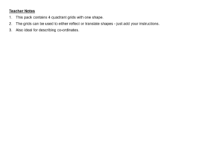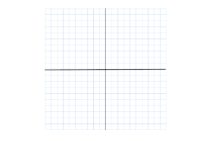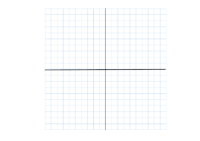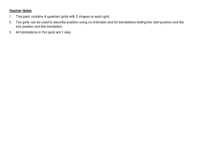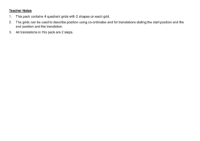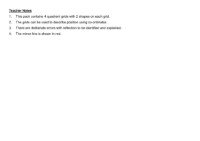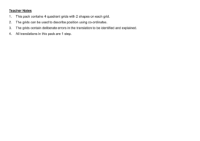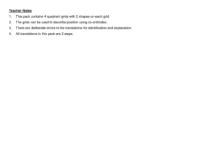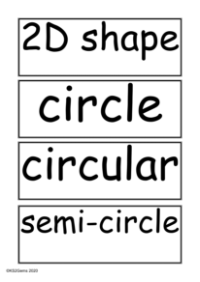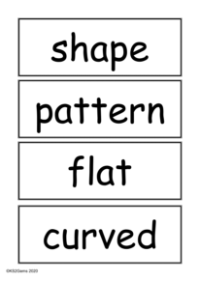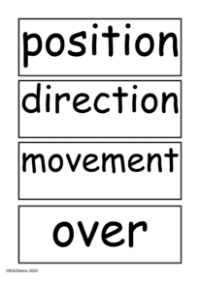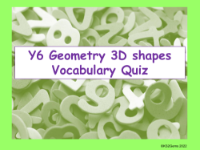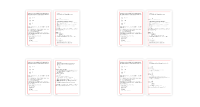Vocabulary - Shape: 3D
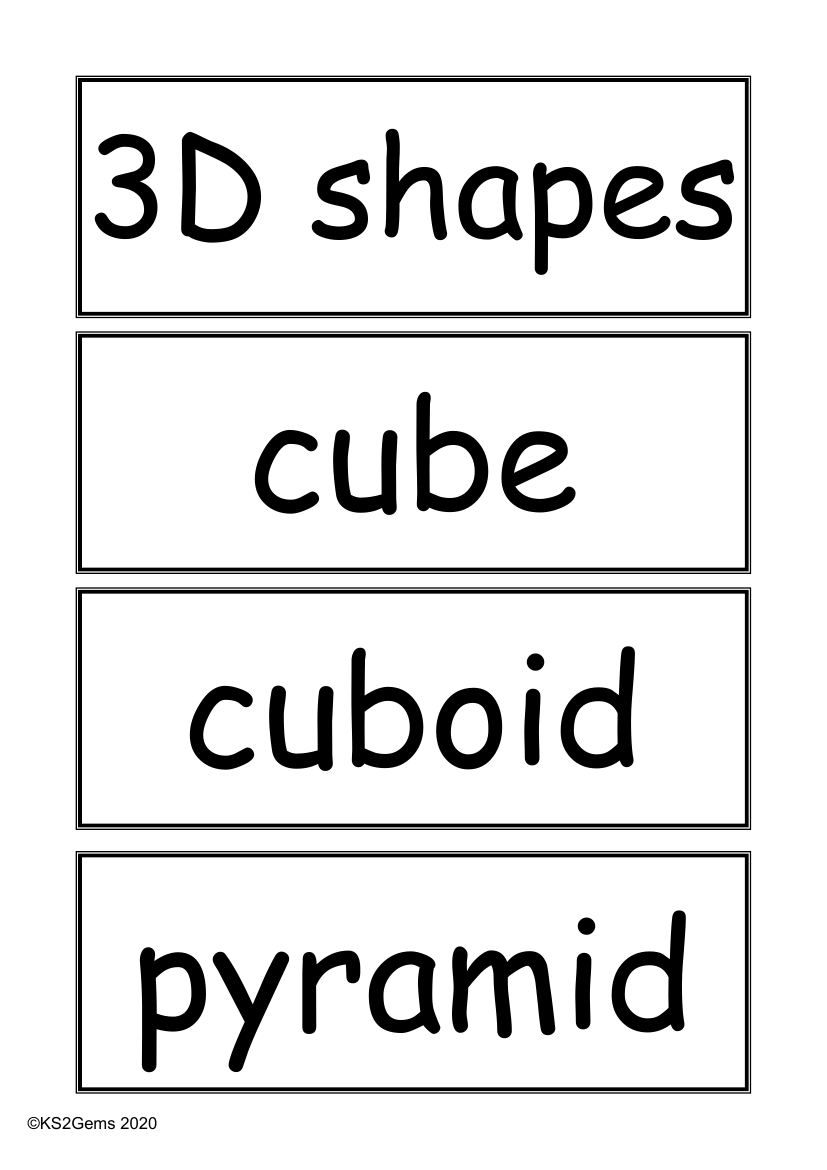
Maths Resource Description
When exploring the world of 3D shapes, also known as three-dimensional shapes, students encounter a variety of terms that describe their properties and characteristics. The basic 3D shapes include the cube, cuboid, pyramid, sphere, hemisphere, cone, and cylinder. Each of these shapes has distinct features such as faces, which are the flat surfaces, edges, which are the straight lines where two faces meet, and vertices (singular: vertex), the points where edges converge. Some shapes, like the sphere, have a curved surface and no edges or vertices, while others, like the cube, have flat surfaces and are polyhedra (singular: polyhedron), meaning they have multiple flat faces.
In the realm of more complex 3D shapes, students learn about prisms, which have identical ends and flat faces, and other polyhedra such as the tetrahedron, octahedron, and dodecahedron, each with a specific number of faces, edges, and vertices. These shapes can be described as spherical, cylindrical, or based on their number of faces. Shapes can also be classified based on their symmetry and uniformity; regular shapes have all sides and angles equal, while irregular shapes do not. Understanding the orientation of shapes is important too, with terms such as horizontal and vertical describing their alignment, and perpendicular and parallel describing the relationship between edges or faces. The cross-section is a term used to describe the shape made when a solid is cut through.
